Topics
Category
Era
Central Park, St. Paul
St. Paul's Central Park began in 1885 as an amenity for a new, upscale neighborhood north of the business district. As the city around it changed, so did the park; by the 1930s it had become a playground and meeting place for children and students. In 1975 it became a parking ramp.
From 1885 to 1961, St. Paul had a Central Park. Unlike its vast, landscaped New York City namesake, this Central Park took up just one urban block and was designed to serve a single neighborhood.
Four wealthy families created Central Park. The Lampreys had built a fortune from law and real estate; the Dawsons got their money from banking (First National.) The Lindekes and Schurmeiers were principals of the wholesale merchandising firm of Lindeke, Warner, and Schurmeier. They all owned land a little south of University Avenue, between Robert and Cedar Streets.
As St. Paul boomed in the 1880s, uncontrolled building, much of it cheap and ugly, marched north toward the Lamprey and Dawson mansions, where the Minnesota Judicial Center stands today. To create a buffer for themselves and an asset for the city, in 1884 the families re-platted their real estate to create an open space: Central Park.
Over the next fifteen years the streets that straddled the park, Central Park Place East and Central Park Place West, filled with some of the finest mansions and apartment buildings in the city. Central Park became an enclave of the prosperous and a showcase for architect Clarence H. Johnston Sr.
Johnston designed many notable Minnesota buildings, including Northrop Auditorium and Williams Arena at the University of Minnesota and Duluth's Glensheen Mansion. He designed three of the first eight houses built on the park, most notably the Blood-Hardenbergh double house.
The city used the park for the first three Winter Carnival ice castles in 1886, 1887, and 1888, then landscaped it with trees and shrubs, curving sidewalks, benches, and a fountain. It became an elegant space well fitted to an elegant neighborhood. By 1891 three sides of the park, all but the south, featured fine brick and stone mansions.
Then apartment buildings appeared. The giant Macey, ninety-five feet wide, five stories tall, with elevators of brass and glass, designed by Charles Wallingford, dominated the southwest corner of the park and neighborhood starting in 1892. The even more massive Mayfair, probably sixty units, followed in 1906. Smaller complexes filled the remaining spaces.
The apartment buildings, though fine, set off a change in the character of the neighborhood. In 1909 the city chose the land just north of the park, once occupied by the Dawson and Lindeke mansions, for Mechanic Arts High School. On the south end of the park, the massive Minnesota Bakery Company went up in 1911. In 1915 the Lamprey house gave way to the Minnesota Historical Society headquarters. Central Park lost its status as a precinct of the wealthy. Some of the fine old houses were cut up into apartments.
In 1929 the city re-graded the center of the park into a playground and replaced the fountain with a (never-completed) wading pool. The Depression and World War II years, an era of little investment in inner St. Paul, followed. Central Park became an amenity for the children of the no-longer-prosperous neighborhood and the students of Mechanic Arts High.
Destruction of the neighborhood began in 1956 when land was cleared for the Centennial Building. Down went the Macey and all three Clarence Johnston houses; the Blood mansion was the last to go. By 1958 Central Park Place West had been obliterated.
The Centennial Building was just one part of a physical expansion of government around the mall of the Minnesota State Capitol in the 1950s. The Veterans Service Building, due south of the capitol, went up in 1953, the Highway (later Transportation) Building in 1958. The National Guard Armory, across from the park's southwest corner, opened in 1960. In 1961 the city re-platted Central Park as part of the capitol complex. The last of the original elegant houses went down in 1970, the last apartment building in 1974. Mechanic Arts High School fell in 1976.
In 1974 a thousand-car parking ramp, taking up a full city block, opened just to the east of the Centennial Building. A plaque there bears just two words: Central Park.
Bibliography
Larson, Paul Clifford. Minnesota Architect: The Life and Work of Clarence H. Johnston. Afton, MN: Afton Historical Society Press, 1996.
Nelson, Paul D. "Lost Neighborhood: The Life and Death of Central Park—A Small Part of the Past Illuminated." Ramsey County History 39, no. 3 (Fall 2004): 4–16.
Related Resources
Millett, Larry. Once There Were Castles: Lost Mansions and Estates of the Twin Cities. Minneapolis: University of Minnesota Press, 2011.
Related Images
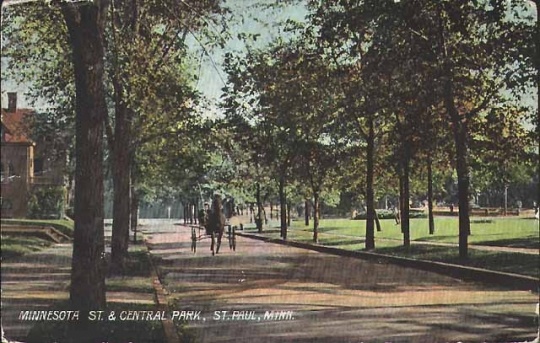
Minnesota Street and Central Park, St. Paul
Holding Location
Articles
More Information
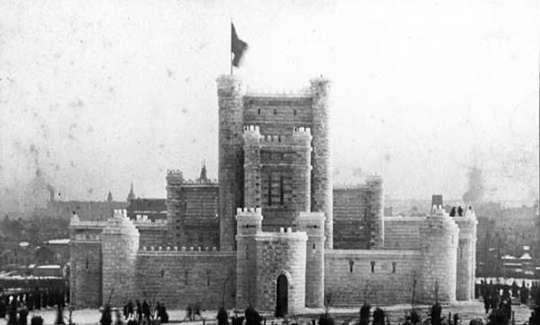
Winter Carnival ice palace, Central Park, St. Paul
Holding Location
Articles
More Information
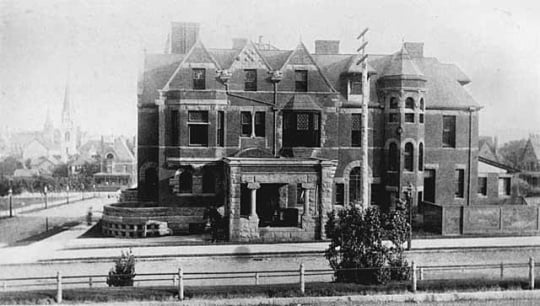
Thomas L. Blood residence
Public domain
Holding Location
Articles
More Information
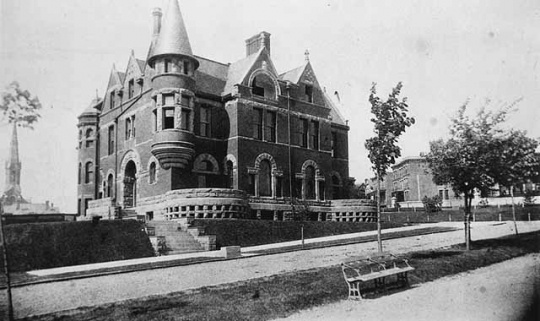
W. Adams Hardenburgh residence
Public domain
Holding Location
Articles
More Information
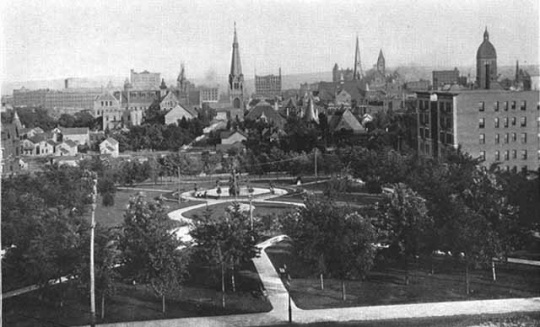
Bird's Eye View of Central Park, St. Paul
Public domain
Holding Location
Articles
More Information
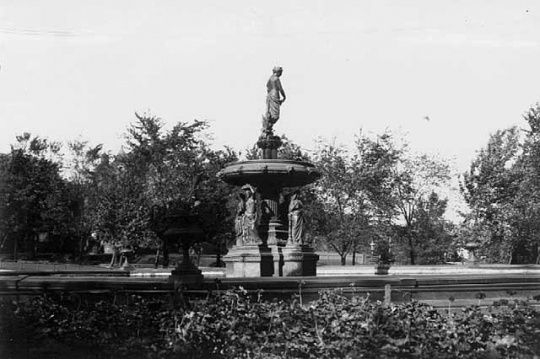
Central Park fountain, St. Paul
Public domain
Holding Location
Articles
More Information
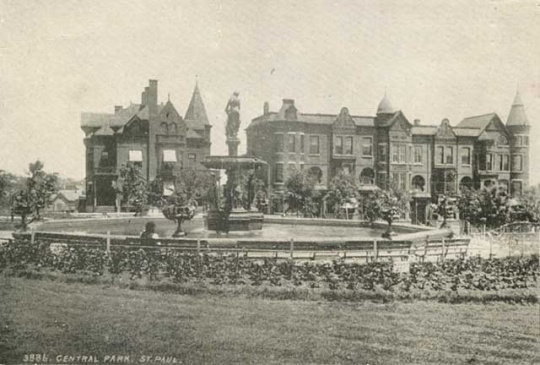
Central Park, St. Paul with the James Humphrey House and the Gustave Schurmeier rowhouses
Public domain
Holding Location
Articles
More Information
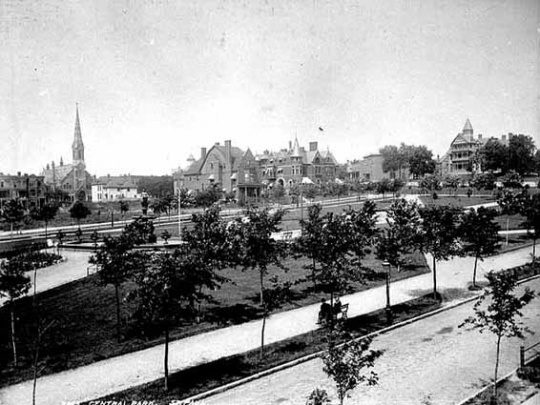
Looking northwest across Central Park, St. Paul
Public domain
Holding Location
Articles
More Information

View of the State Capitol and Central Park, St. Paul
Public domain
Holding Location
Articles
More Information
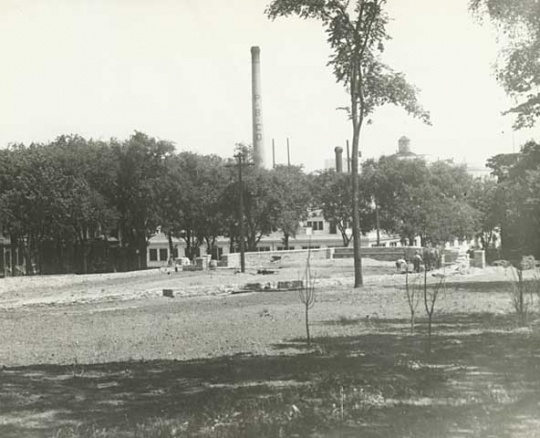
Constructing the wading pool, Central Park, St. Paul
Holding Location
Articles
More Information
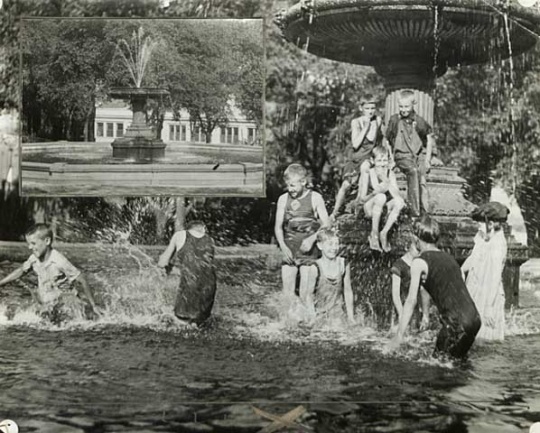
Children playing in the fountain of St. Paul's Central Park
Holding Location
Articles
More Information
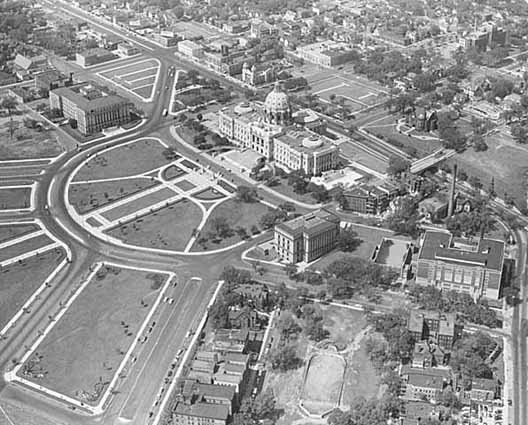
Aerial photograph of St. Paul's Central Park
Holding Location
Articles
More Information
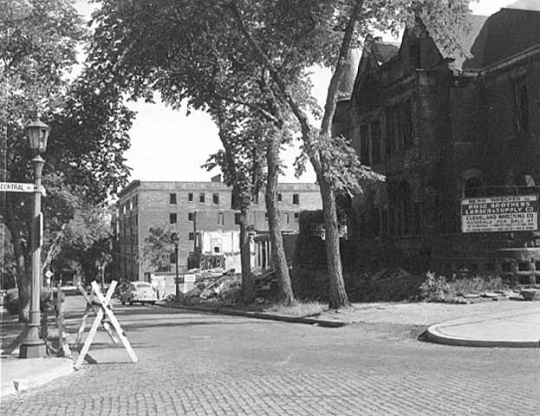
St. Paul's Central Park, former Blood mansion is in the foreground
St. Paul's Central Park, c.1956. Its view looks south along Central Park Place West; the former Blood mansion is in the foreground.
Holding Location
Articles
More Information
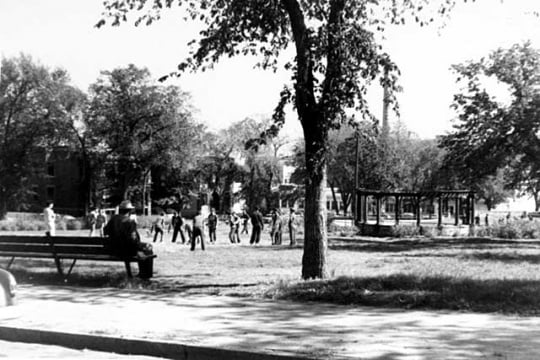
Last known photograph of St. Paul's Central Park in use as a park
Holding Location
Articles
More Information
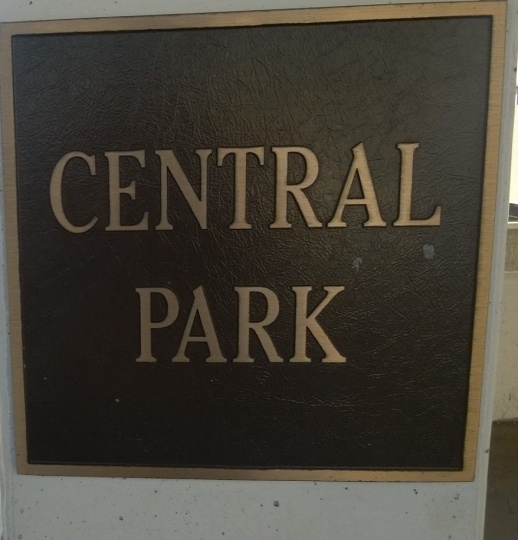
Central Park plaque
All rights reserved
Articles
Related Articles
Turning Point
The Macey apartment building is built in 1892. From this date onward, all new residences on the park are apartments rather than mansions.
Chronology
1884
1886
1890
1892
1894
1906
1909
1915
1929
1956
1958
1961
February 1970
April 1970
1974
Bibliography
Larson, Paul Clifford. Minnesota Architect: The Life and Work of Clarence H. Johnston. Afton, MN: Afton Historical Society Press, 1996.
Nelson, Paul D. "Lost Neighborhood: The Life and Death of Central Park—A Small Part of the Past Illuminated." Ramsey County History 39, no. 3 (Fall 2004): 4–16.
Related Resources
Millett, Larry. Once There Were Castles: Lost Mansions and Estates of the Twin Cities. Minneapolis: University of Minnesota Press, 2011.
















